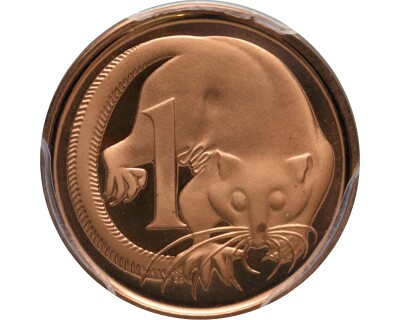Cleaning Coins
Final notes
So, it is important to recognise that cleaning does occur, dealers and even third-party graders do it, but it is only a problem to the extent of the damage that it causes. When assessing coins, make sure the surfaces do not show evidence of hairlines beyond what you would expect for the grade. Make sure to judge a coin based on its underlying lustre, particularly any difference between protected and exposed surfaces, rather than its colour when measuring the level of cleaning damage.









